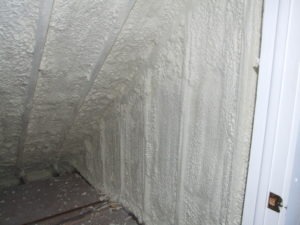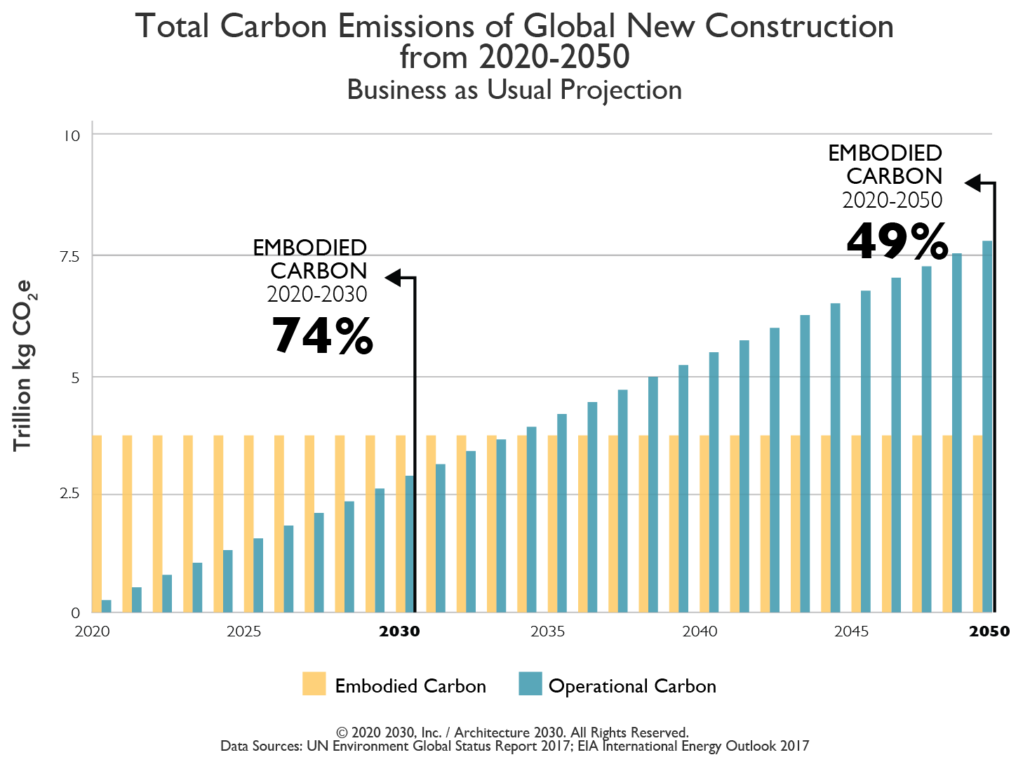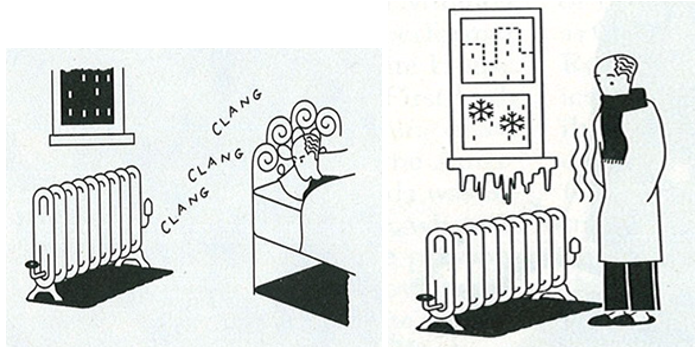- July 01, 2024
- 0 Comments
- In High-Performance Construction Occupant Health & Wellness
- By Steven Winter Associates
We like to say that a building is not sustainable if it does not sustain the health and wellbeing of all its occupants. This includes considering how the materials, technologies, and building systems affect indoor air quality, comfort, and the physical and mental health of those utilizing the space.
In our post-COVID world, it also includes how a building can protect its occupants from viruses and other airborne illnesses.
We’re sharing real-world examples of how SWA consultants have helped to mitigate potential negative impacts on occupant health in high-performance buildings. (more…)



